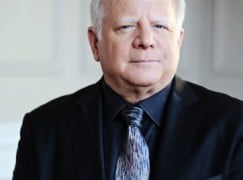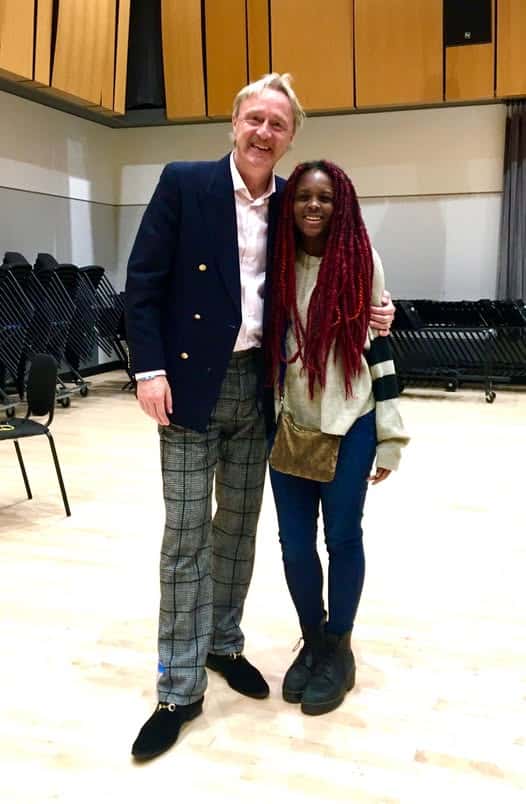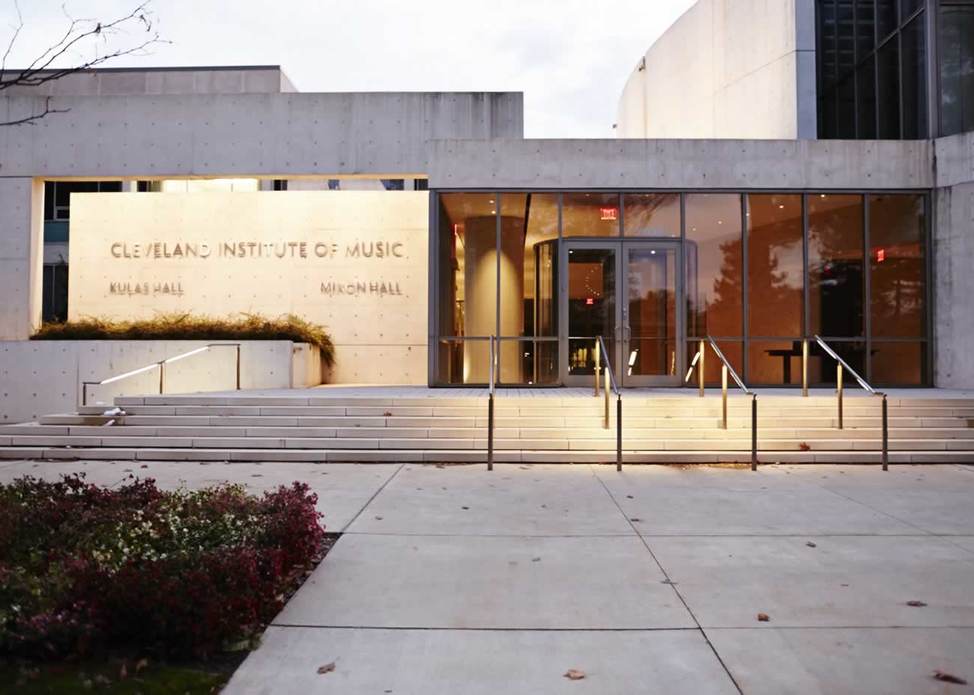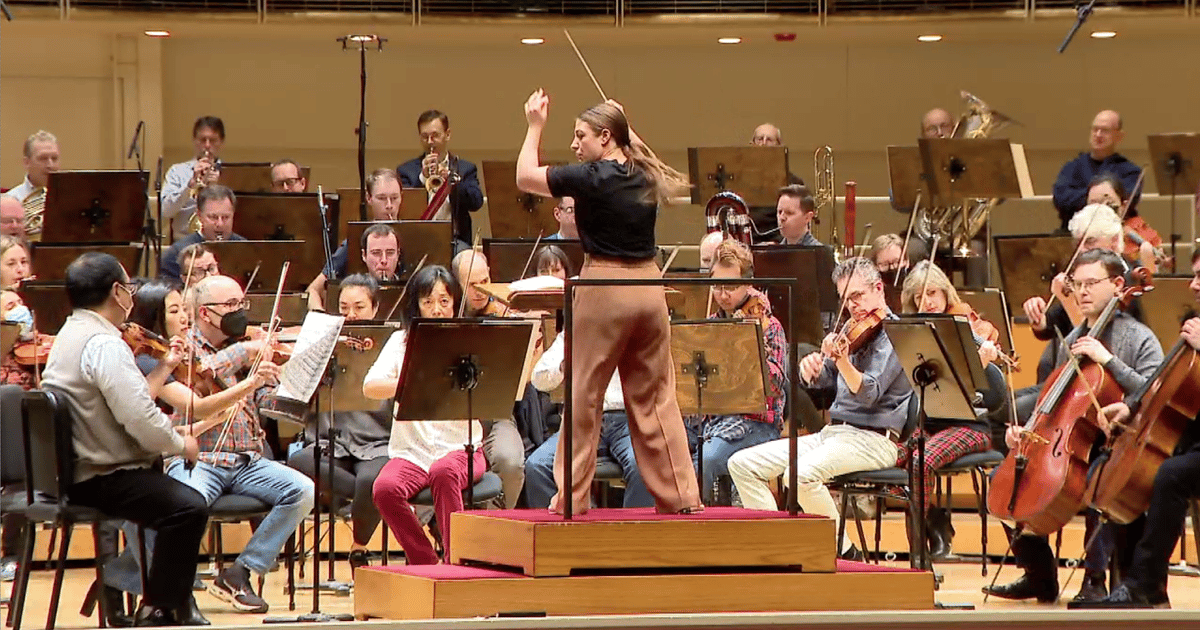Detroit is ‘leading the charge towards how orchestras will function in… the 21st century’
mainLeonard Slatkin has given a pumped-up interview to our pals at resmusica, describng how his US orchestra has emerged from ‘horrendous economic peril’ to create a new set of outreach and multimedia strategies.
It’s not just about the Detroit Symphony–it’s about what Detroit is. It still has a lot of problems, but if you come to Detroit–if anyone comes to Detroit–they feel a palpable energy in this city. The amount of construction that’s going on, businesses moving in, young people coming to Detroit because they can get property very inexpensively, in particular from the arts community.
My next set of thoughts and ideas about growth here have to do with putting all the resources of the new people coming into the city, merging with the different artistic factions that are there, and really making this a vibrant scene for visual, aural, whatever kinds of arts there are.
Full interview here.






I hope it will go well for them. Slatkin is a courageous man with a remarkable spirit. We see the usual story of artists being the first to rise from the ashes of dead cities. When the metropolis has fully arisen the artists will be driven away until the city dies again and the process starts over.
In the not so distant future, when highly evolved cybernetic instruments are the norm, people will look back at the orchestra and see devices as seemingly odd as rebecs, shawms, and shofars. The orchestra will come across as a sort of 18th century, muscle-powered, Turkish synthesizer — people scraping cat guts with horse hairs, blowing tight rhythmic raspberries through brass tubes, and banging on cymbals. And even more strangely, the marionettenism of the orchestra will hearken back to feudalistic Europe. They will admire the intricacy and determination of it all, especially the mastery of such unergonomic instruments and regimentation, but see a weird fanaticism based on a misguided understanding of the world, sort of the way we now see gothic cathedrals. They will wonder why dignified people ever behaved that way, and why they thought their music was so eternal.
There’s always a kind of fatuousness in our devotion to art. We look back at culture with a kind of marvel and pity. We admire how people tried to climb out of the cage of time and place, but see that all art eventually becomes a monument to human folly. Detroit will be reborn to die again, while impoverished people live as pawns to those machinations. Or will we change how we grow?
The future of orchestras that Mr.Osborne’s brilliantly prophesizes might arrive sooner than even he expects. In three days I will hear our local 2nd-tier orchestra for the first time in 10 years. This does not mean that I have not been an active consumer of musical art for the past decade; in fact; I have never been busier. I just haven’t heard a professional orchestra in “live” performance. I suspect that my reaction to the performance might closely imitate the future scenario Mr.Osbourne describes. “What a strange sight …all those people in curious outfits moving their bows in tandem. Very impressive indeed…but so anachronistic and quaint. How amazing that this sort of thing still goes on in the 2015” ..may very well be my reaction to the occasion.
Mr. Osbourne’s future has very possibly already arrived.
There have been far more sudden and draconian changes in the past. In 1927 the first “talkie,” The Jazz Singer, was released, displacing orchestras in movie theaters. Within three years, 22,000 theater jobs for musicians who accompanied silent movies were lost, while only a few hundred jobs for musicians performing on soundtracks were created by the new technology. See:
http://www.promusic47.org/history.html
Then came synthesizers. In 1976 the musicians union had 330,000 members, but today has about 1/3rd that number. See:
http://www.freelancemusicians.org/fathers.html
Today, sound tracks made by traditional instrumentalis on old TV shows sound almost hilarious, even if sometimes quite inventive.
While you’re there, try listening to the sounds they’re making. It’s called music.
Right, and we’ll all be floating apparitions, with alien-like super brains. You’ve been overly influenced by science fiction fantasy. See you at the next Comic-con!
No doubt what those 220,000 musicians put out or work by talkies said, to say nothing of 200,000 members of the union lost since 1976 after being put out of work by electronic instruments. Such a bright future for orchestras whose average repertoire was written about 1880, and who have not added a significant body of literature to their rep in about 80 years. Let’s live in denial to the very end.
At the same time, we should note that the societies that spend the most on traditional classical music also spend the most on contemporary classical. Well-known examples are the Ensemble intercontemporain in Paris, MusikFabrik in Cologne, and Ensemble Modern in Frankfurt – all in countries that spend more than the USA on traditional culture by a magnitude. If American cities had the communal pride to offer that kind of support for the arts, Detroit would have never died in the first place. It is through a deep respect for our cultural past that we find our way to the future. The trouble is that orchestras, regardless of their efforts, have little capacity to move toward the future. It is a dead art form.